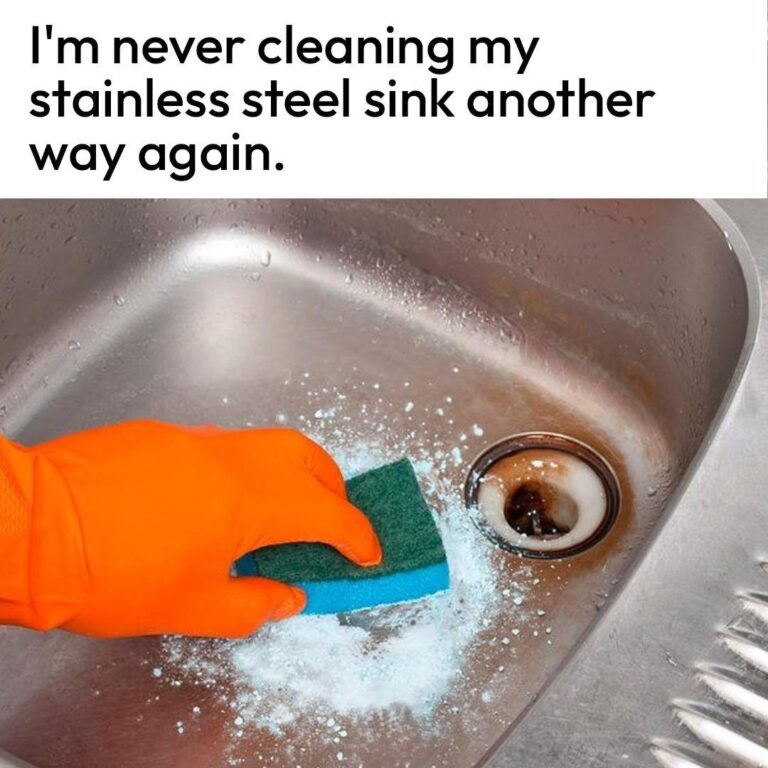ADVERTISEMENT
Step 4: Scrub Again with a Lemon
Cut a lemon (or lime) in half and use it to scrub the sink, working over the baking soda paste. The acid in the lemon helps fight bacteria and leaves a refreshing citrus smell.
Lemon
Step 5: Rinse
Rinse the sink thoroughly with water to remove the baking soda and lemon juice. You can run the used lemon halves through the garbage disposal to clean and deodorize it.
steel
Step 6: Remove Water Spots with Vinegar
Fill a spray bottle with vinegar and spray the entire sink. Buff the vinegar into the sink using a clean cloth. Vinegar helps to disinfect the sink and remove water spots.
vinegar
Step 7: Dry and Polish with Olive Oil
Dry the sink with a cloth to remove any remaining water or vinegar. To bring out a beautiful shine, apply a small amount of olive oil to a dry cloth and rub it into the sink, following the grain of the stainless steel. Wipe off any excess oil.
drying
Now, your stainless steel sink should be clean, disinfected, and polished to a beautiful shine!
Here’s some additional tips and maintenance advice to keep your stainless steel sink looking its best:
Additional Tips for Maintaining a Stainless Steel Sink:
Additional Tips for Maintaining a Stainless Steel Sink:
Avoid Harsh Cleaners: Steer clear of abrasive sponges, steel wool, or cleaners that contain bleach, as these can damage the stainless steel and lead to rust or scratches.
Rinse After Use: After washing dishes or using the sink for messy jobs, rinse it with water to remove food particles, soap, or chemicals that could stain or dull the surface.
Dry After Cleaning: Always dry your sink with a clean cloth after rinsing or washing it to prevent water spots or mineral deposits from forming.
Monthly Deep Clean: For a deep clean, follow the steps above regularly, especially Step 6 (vinegar) to keep water spots and buildup at bay.
How to Prevent Scratches:
To minimize scratches:
Use a soft cloth or sponge for cleaning.
Place a protective mat at the bottom of the sink.
Avoid leaving metal pots or pans in the sink for long periods.
